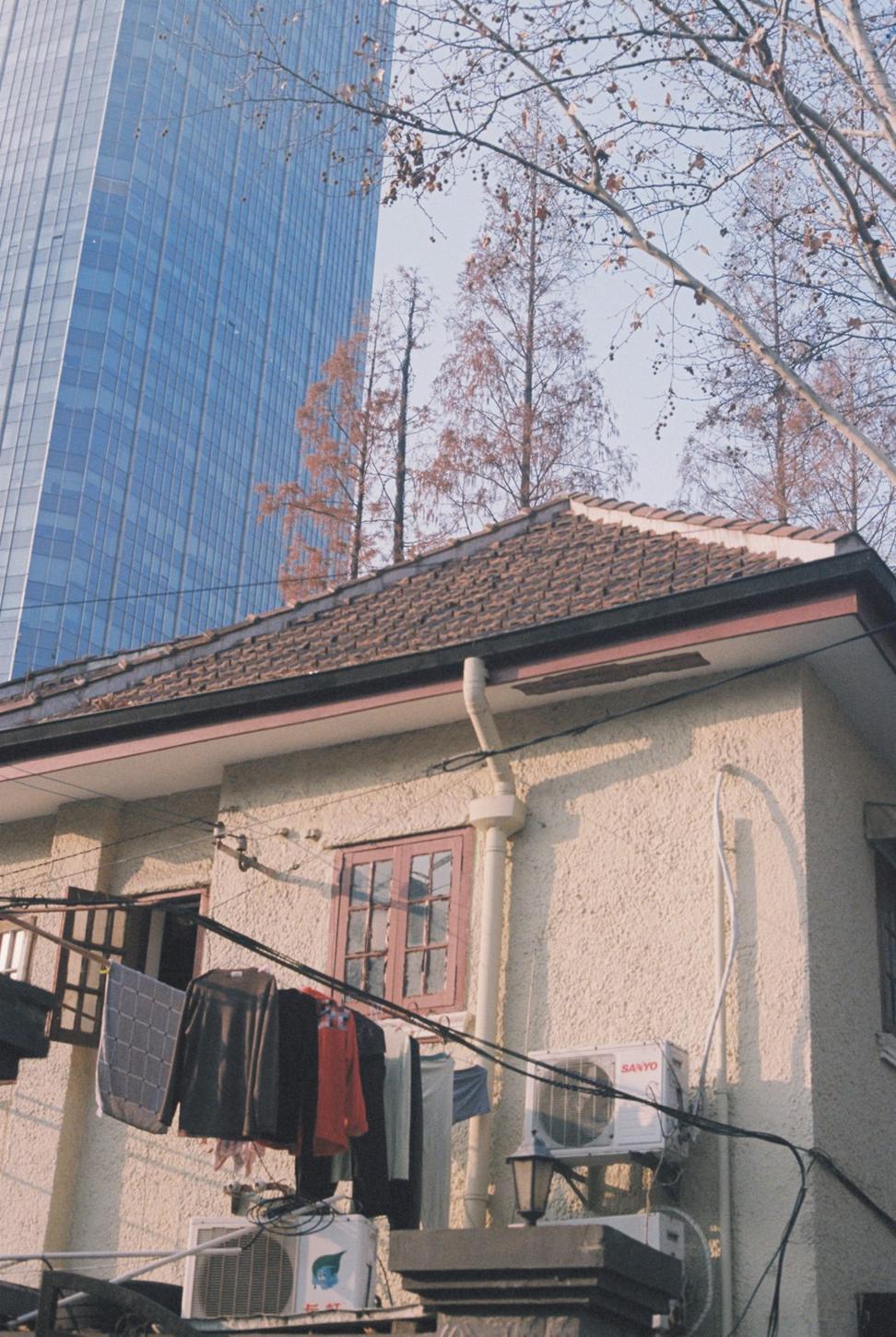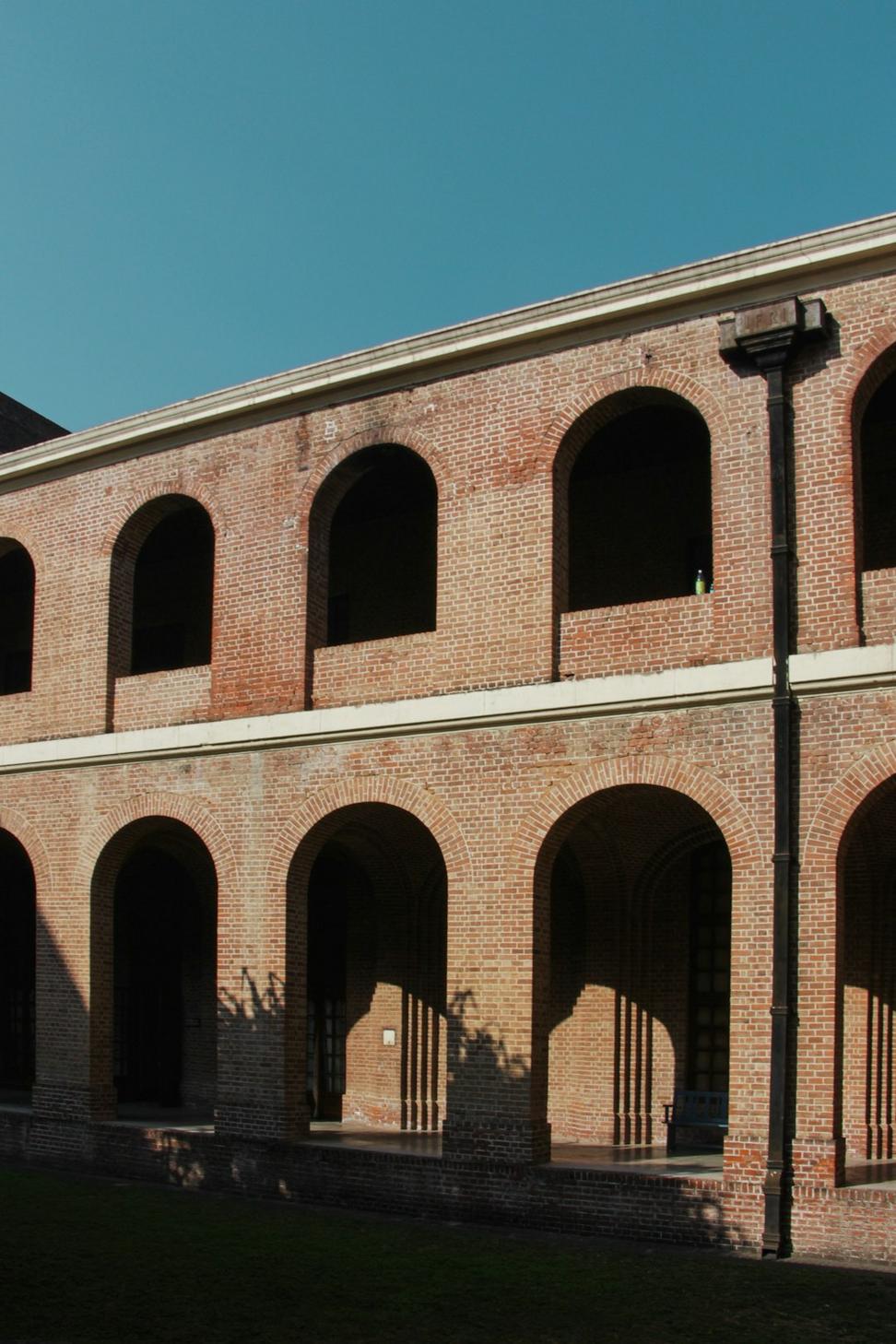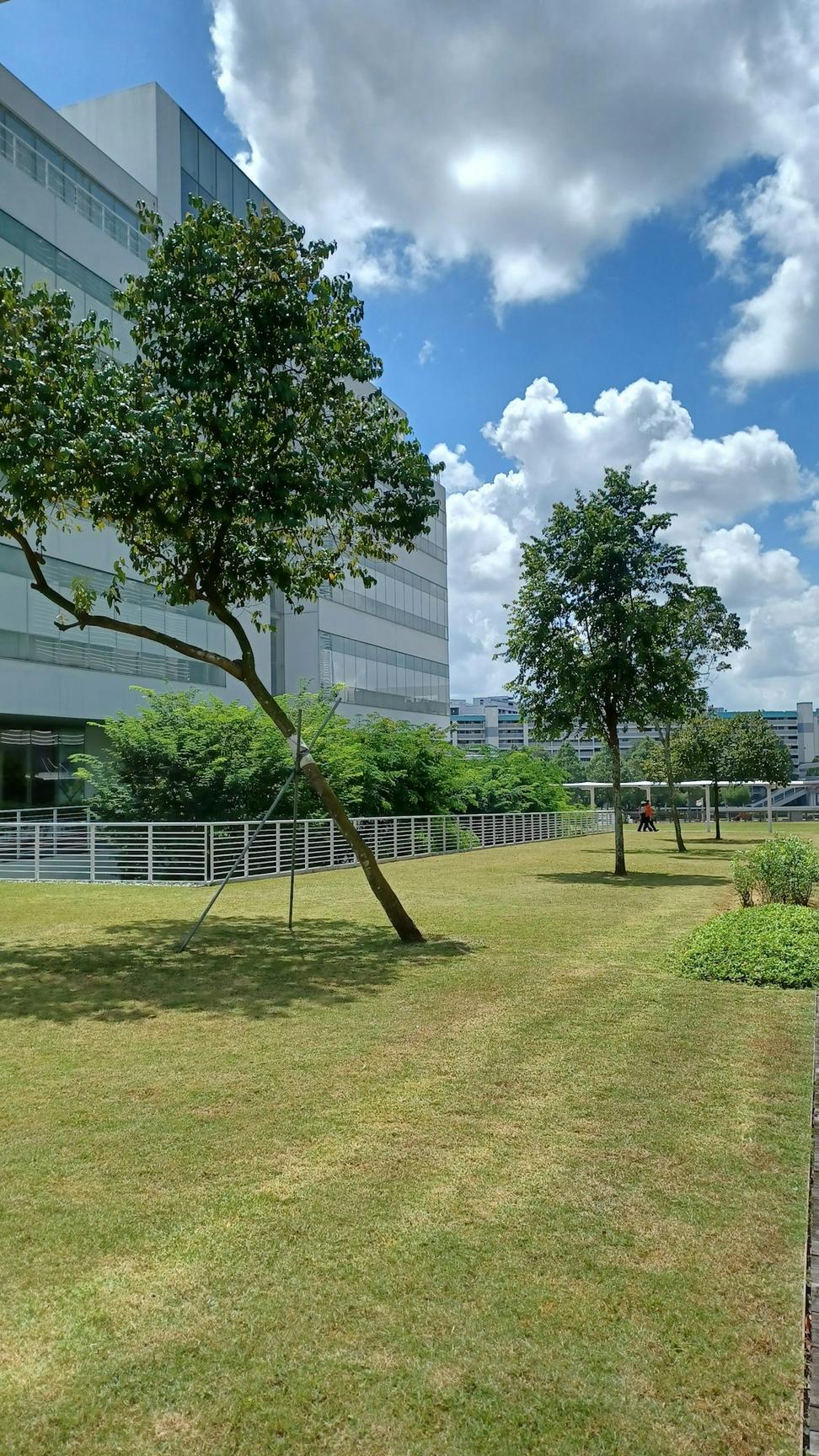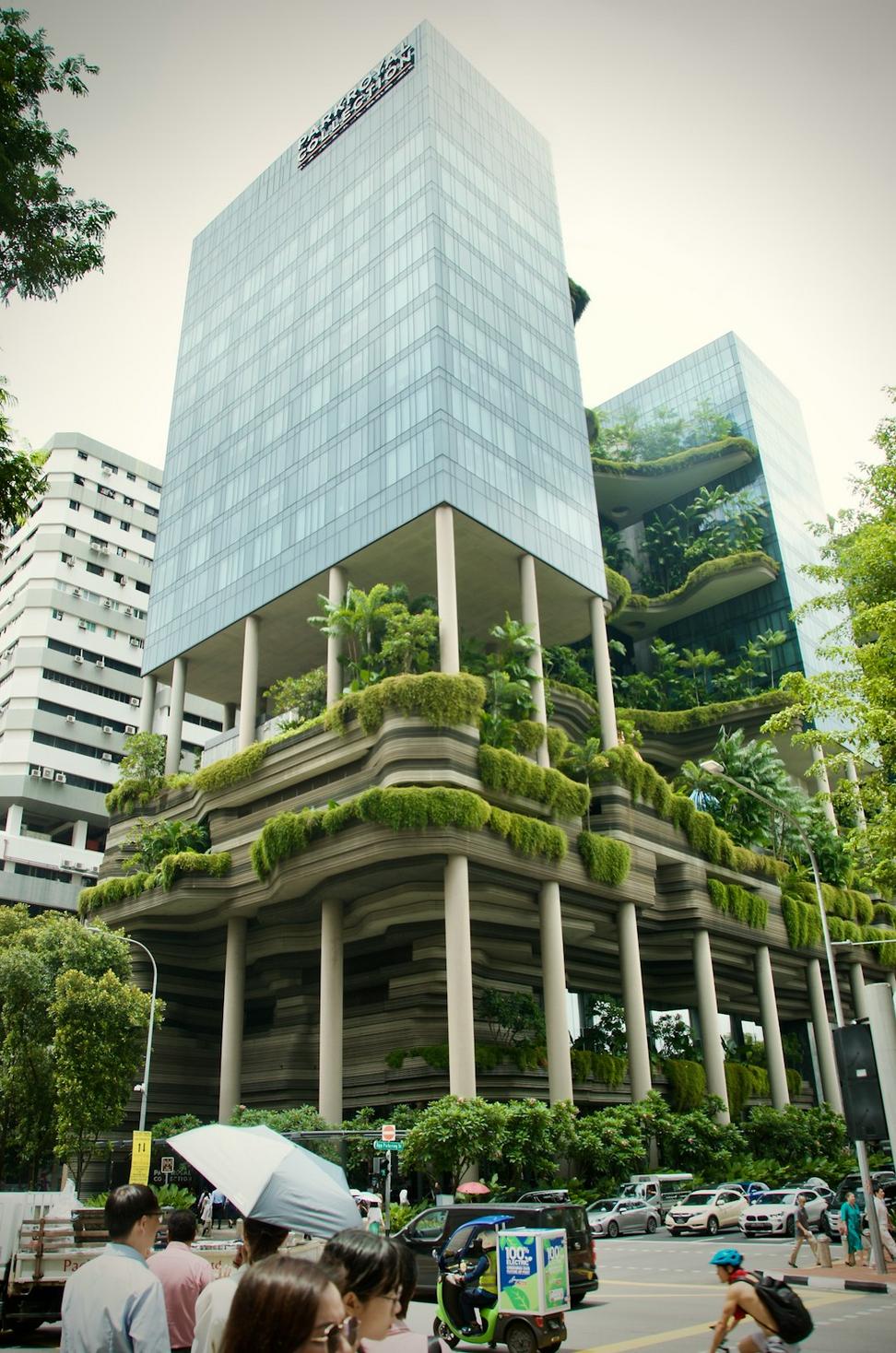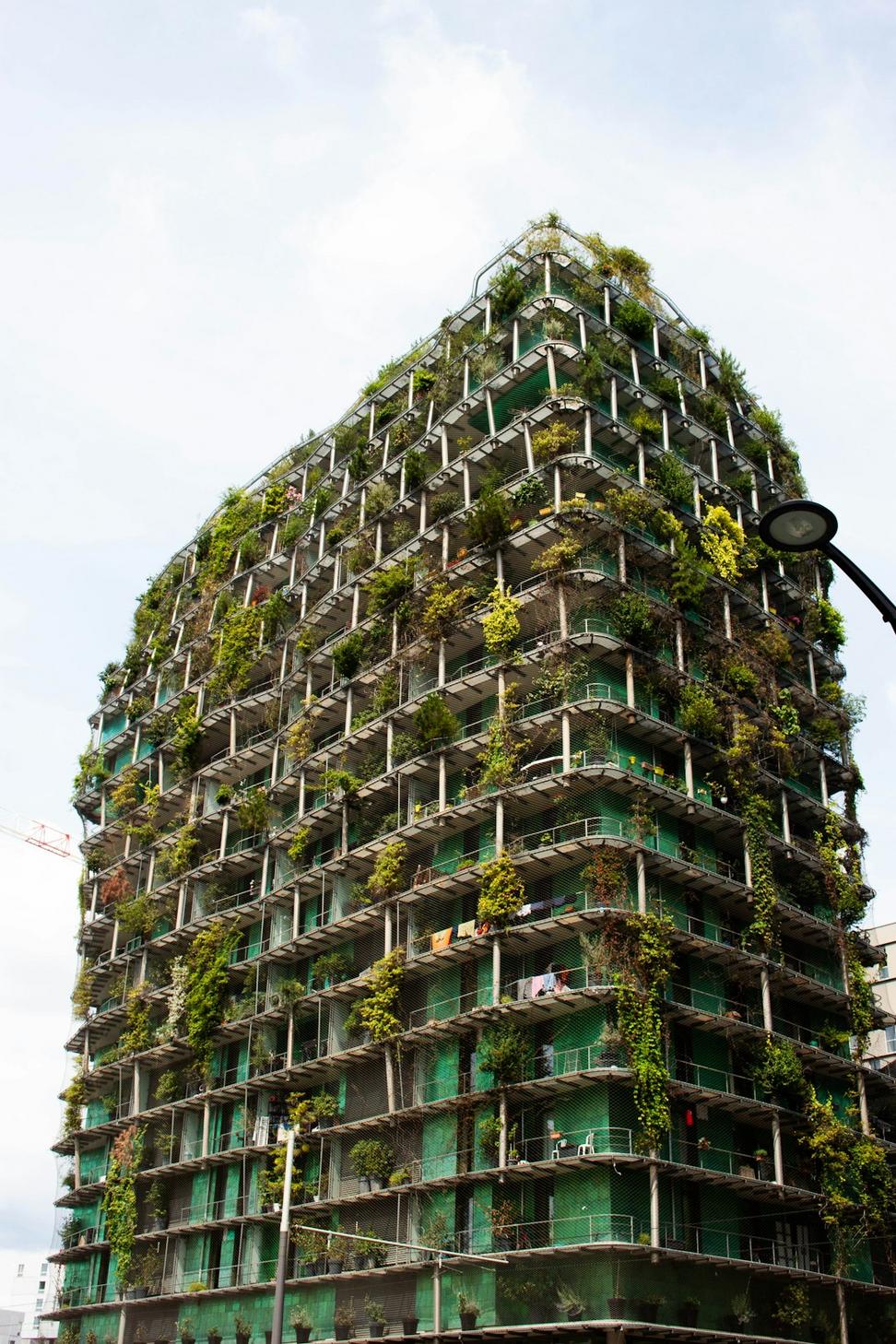
Why We're Obsessed with Sustainability
Look, we'll be honest—when we started this practice back in 2008, "green building" was still kinda niche. Fast forward to now, and it's not just about slapping some solar panels on a roof and calling it a day.
We've watched Toronto grow and evolve, and honestly? The buildings that'll still matter in 30 years are the ones designed with actual environmental intelligence. That means thinking about energy use, material sourcing, water management, and yeah—how people actually live in these spaces.
Our approach isn't about hitting some arbitrary green rating (though we do that too). It's about creating buildings that cost less to run, feel better to inhabit, and don't leave a massive carbon footprint for the next generation to deal with.
87%
Average energy reduction vs. standard builds
42
LEED certified projects delivered
100%
Carbon offset commitment on new projects
